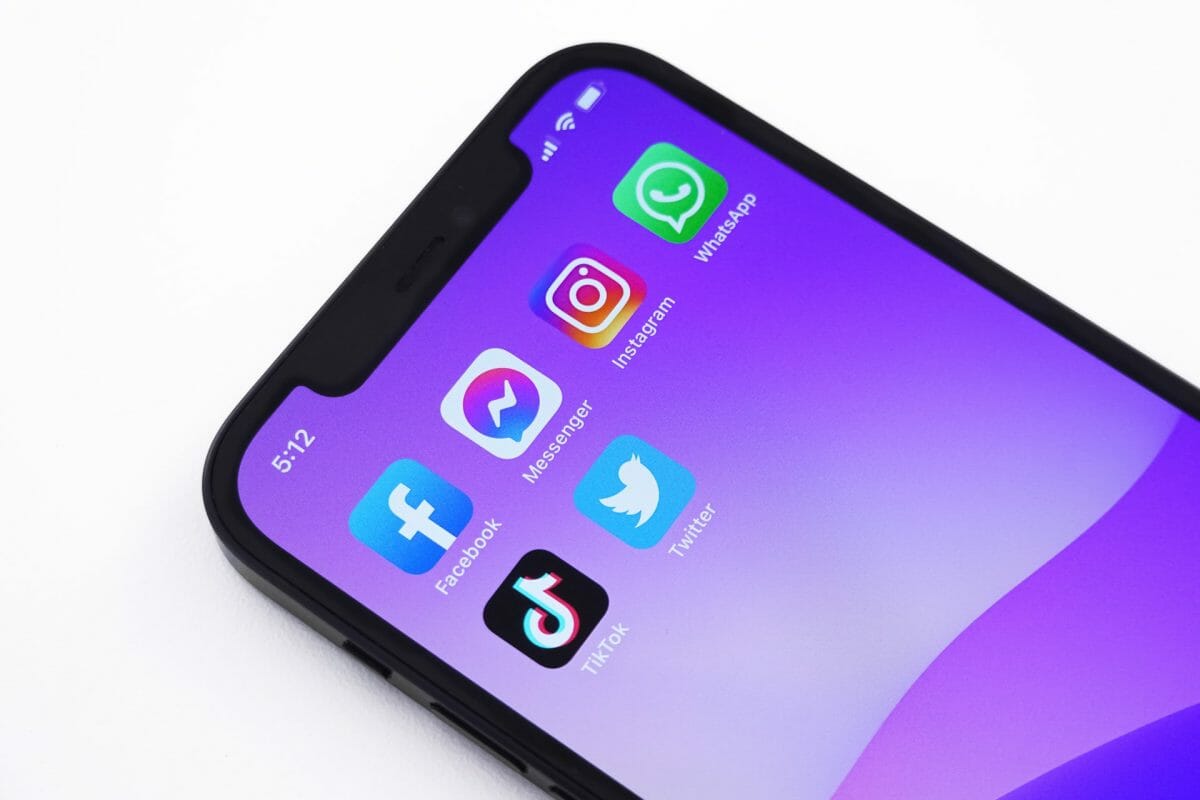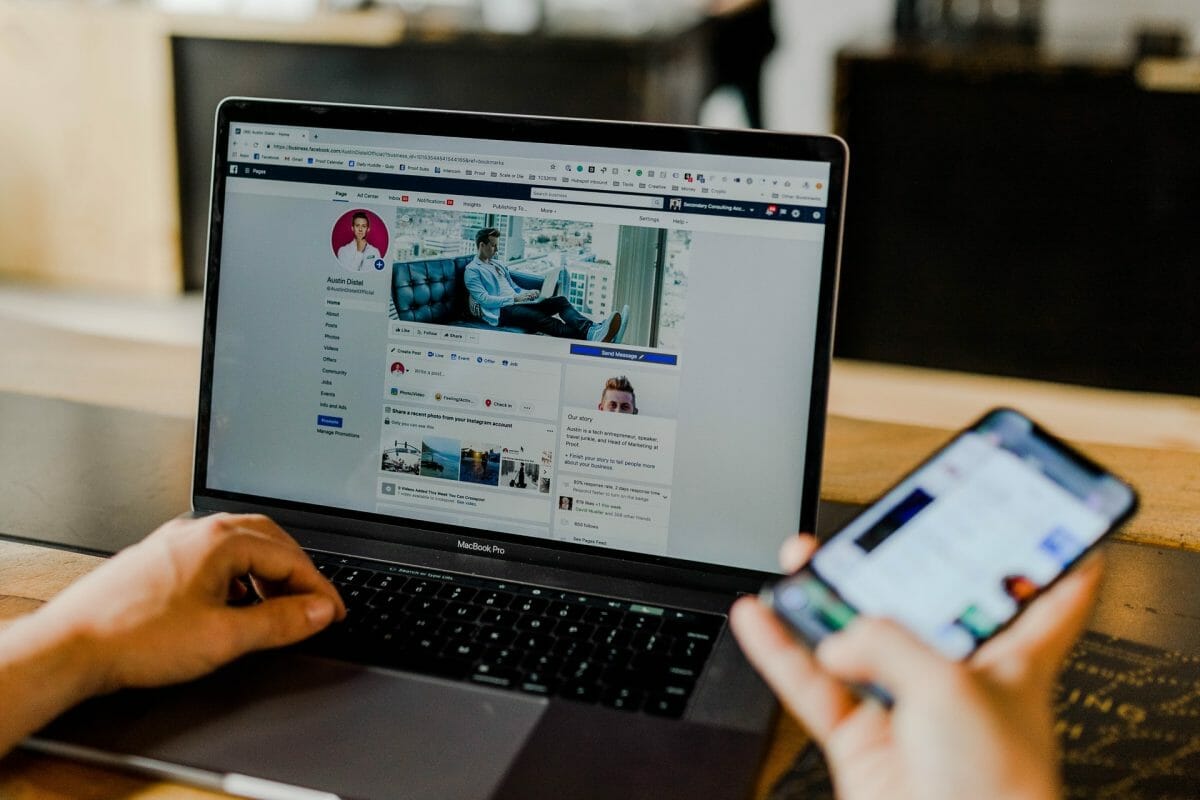Addiction to social media is a real problem for many people. It can be hard to break free from the hold that social media has on us, and it can be even harder to prevent addiction in the first place. In this blog post, we will discuss seven medically-backed up ways to prevent addiction in social media users. If you use social media, these tips will help you stay healthy and avoid addiction!
Why Is Social Media Addicting? Understanding Algorithms and Doom Scrolling
Understanding why social media is addictive can help prevent or stop social media addiction. Social media platforms utilize powerful algorithms that analyze user behavior, creating a feedback loop that keeps people engaged. This often leads to ‘doom scrolling,’ where users are trapped in a never-ending cycle of personalized content. For example, if you follow celebrities associated with smoking culture like Snoop Dogg, you might find your feed filled with content from online smoke shops like SmokeDay, featuring glass percolator bongs. This hyper-relevant content keeps users engaged, but can also lead to addictive patterns of consumption.
The addictive nature of social media arises from the precision of these algorithms, which understand and predict user preferences, ensuring a continuous flow of engaging content. This creates an illusion of endless exploration and feeds into the fear of missing out. Imagine scrolling through a world of content tailored to your interests, where a click on a percolator bong might lead to discovering new brands, trends, or even communities sharing similar passions. Being aware of how these algorithms function can help users recognize and control their social media habits.
What is social media addiction?
Social media addiction is defined as excessive use of social media that leads to negative consequences in a person’s life. These negative consequences can include problems with relationships, work, school, and mental health.
Did you know that Turkish university students found that 35.48% were addicted to social media, because most students use social networks to find reviews about services, including those that help with writing essays. However, there are social media essay writing services with qualified and experienced writers who will do the assigned tasks well and help reduce time spent on social networks.
How common is social media addiction?
While the exact prevalence of social media addiction is unknown, it is thought to be fairly common. A survey of young adults in the United States found that nearly 20% of respondents reported being “addicted” to social media. Recent statistics also confirm that 210 million people suffer from social media addiction which accounts for around 30% of social media users. For instance, a study of Turkish university students found that 35.48% were addicted to social media.
Also, social media addiction is more common in women than men, and it is most common in young adults.
If you or someone you know appears to be experiencing social media addiction, consider getting checked by a licensed provider of behavioral health consulting. They offer diagnostic tools and methodologies for getting to the root of your behaviors. With their help, you can recover from your symptoms and regain a healthy, manageable relationship with social media.
Medically-backed up ways to prevent addiction in social media users
1. Set time limits for social media use:
One of the best ways to prevent addiction is to set limits on how much time you spend on social media. Try to limit yourself to 30 minutes per day or less. If you find that you’re spending more time than that, try to reduce your usage even further. You can also set limits by only using social media at certain times of day, or on certain days of the week. For example, you could allow yourself to use social media for 30 minutes in the evening, after work, or at school.
There are a few different ways to set time limits for social media use. One way is to use a timer. Set the timer for the amount of time you want to spend on social media, and when it goes off, stop using social media. Another way is to download an app that will track your usage and limit your access.
2. Avoid using social media when you’re feeling down:

If you’re feeling sad, angry, or anxious, avoid using social media. These emotions can make addiction worse. Social media can be a trigger for these emotions, and it can also make them worse. If you’re feeling down, try to do something else that will make you feel better, such as talking to a friend, going for a walk, or listening to music. For example, if you’re feeling anxious about a test, instead of scrolling through social media, try studying for the test.
Sometimes, asking for help in the form of mental health treatment can be the best solution to deal with anxiety or depression. One treatment has been growing in popularity is the tDCS device. A Study conducted by the NCBI (National Center for Biotechnology Information) has shown that the success rate of this approach is relatively high.
3. Be aware of the triggers that make you want to use social media:
There are certain things that can trigger the urge to use social media. For example, boredom, loneliness, or procrastination. If you know what your triggers are, you can be more prepared to avoid them. When you’re bored, try reading a book or taking a walk. When you’re feeling lonely, call a friend or family member. And when you’re procrastinating, try focusing on the task at hand instead of scrolling through social media. In addition, being aware of your triggers can help you be more mindful of your social media use in general.
Social media triggers many include people or pages you follow. The latter can be especially insidious when they turn into echo chambers promoting harmful thought patterns. If you find yourself suffocated by their influence, you always have the option of blocking or reporting malicious content. Then, consider going on a detox to recuperate from the mental or emotional distress you experienced. You should also focus on content that actually speaks to you and builds you up aside from simply being entertaining or “the talk of the town.”
4. Find other activities to do instead of using social media:
When you have the urge to use social media, try to do something else instead. For example, if you’re bored, instead of scrolling through social media, try reading a book or taking a walk. If you’re feeling lonely, instead of looking at other people’s lives on social media, try calling a friend or family member. And if you’re procrastinating, instead of scrolling through social media, try focusing on the task at hand. By finding other activities to do, you can avoid using social media altogether. Don’t forget to give yourself some credit for avoiding social media too.
It must be said that this is no call to “ban” social media from your life. It’s a fantastic way to stay connected with loved ones and friends far away or engage in your interests. Just remember that it can’t replace in-person communication.
5. Jogging To Repair Your Body And Mind
When you are addicted to social media, you may be neglectful of real things and friends. At the same time, your eyesight and cervical spine will inevitably suffer when you are engaged in social media for a long time with your cell phone and computer. Proper physical activity can help you engage in real life smoothly, and the right intensity of exercise can also make your body get a good stretch.
Running is a perfect starting exercise for most people, it doesn’t require a long-term exercise base, just a pair of running shoes to get started. Jogging 3-5 times a week will give you great gains. What’s more, in the process of running you can make a lot of real friends, join the running group in your community, and participate in some running activities, which will make your running exercise more interesting, even if you feel that the full marathon or half marathon is more difficult to complete, you can also participate in some short distance running competitions, such as many activities will be set up 5k run, when you through the efforts of to the 5k medals, you will definitely get Full of sense of achievement!
Run, and let the breeze of running blow away your distractions and reawaken your mental energy and focus. Release your stress and enjoy the beauty of life with friends in sports.
6. Don’t compare yourself to others:
One of the biggest triggers for social media addiction is comparing yourself to others. When you see other people’s lives on social media, it’s easy to compare yourself to them. However, it’s important to remember that what you see on social media is not always an accurate representation of reality. People only post the best parts of their lives on social media, and they often edit or filter their photos. So don’t compare your life to what you see on social media. It’s not a fair comparison. For instance, if you see a friend’s vacation photos on social media, don’t compare your life to theirs. They may have only posted the highlights of their trip, and you don’t know what their everyday life is really like.
Remember that social media is not a precise reflection of reality. The content you find there is mostly spun, either showing only the positive to sell an idea or the negative to force a reaction.
Instead of using this medium as a harsh, unrealistic litmus test for your identity, you should use it as an extension of how you want to live your life.
Why not share the good things going on in yours, no matter how little they may seem? What makes you and the people you care about happy? What are you passionate about? Putting these front and center can make your social media experience more conducive to a healthier way of life.
7. Set boundaries with social media:
It’s important to set boundaries with social media. For example, you could limit yourself to only using social media for 30 minutes per day, or only on certain days of the week. You could also set limits on who you follow and what you see. For instance, you could unfollow anyone who regularly posts negative or triggering content. By setting boundaries, you can control your social media use instead of letting it control you. Also, don’t forget to give yourself some credit for following your boundaries.
Conclusion: Take a break from social media:
If you’re struggling to control your social media use, it might be helpful to take a break from it. This means deleting the apps from your phone or deactivating your account for a period of time. It might be scary to take a break from social media, but it can be very beneficial. This will give you a chance to reset your relationship with social media and allow you to focus on other things. If you find that you can’t live without social media, that’s ok. Just be aware of how much time you’re spending on it and try to limit yourself.
There are many different ways that you can prevent social media addiction. The tips we’ve provided are medically-backed and can help you get your social media use under control. By being aware of the triggers that make you want to use social media, setting boundaries, taking a break from social media, and finding other activities to do instead of using social media, you can prevent social media addiction.
